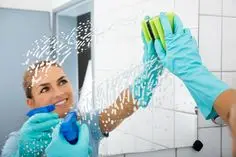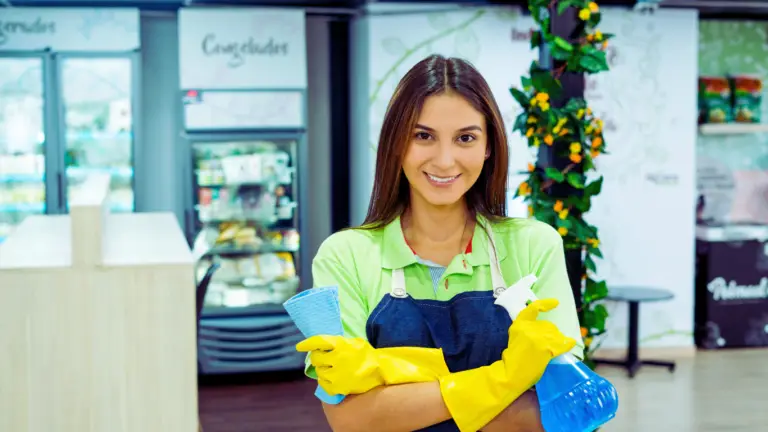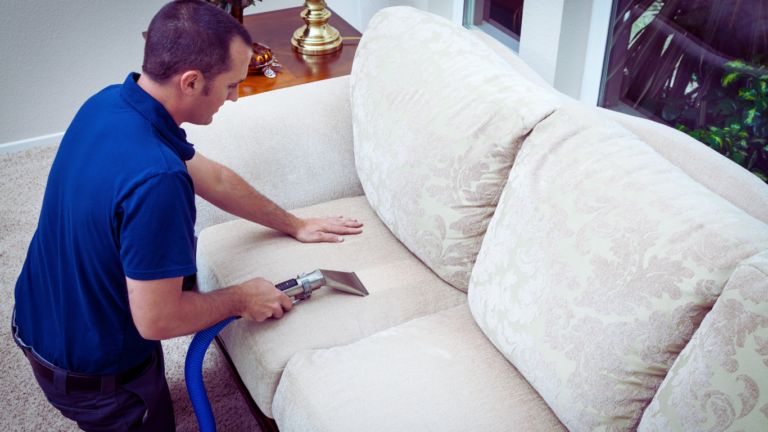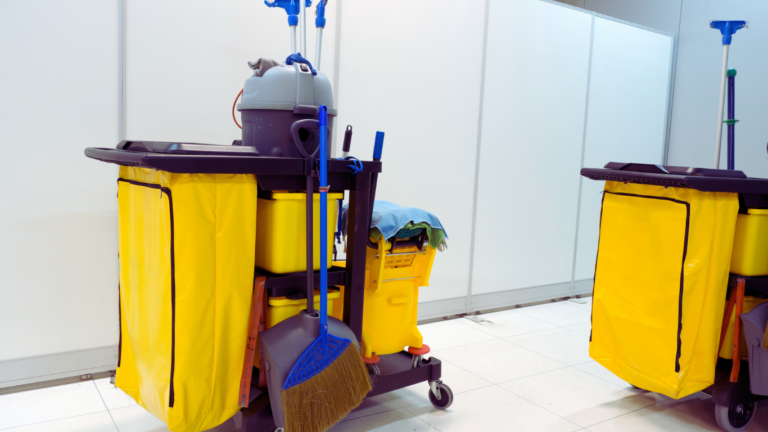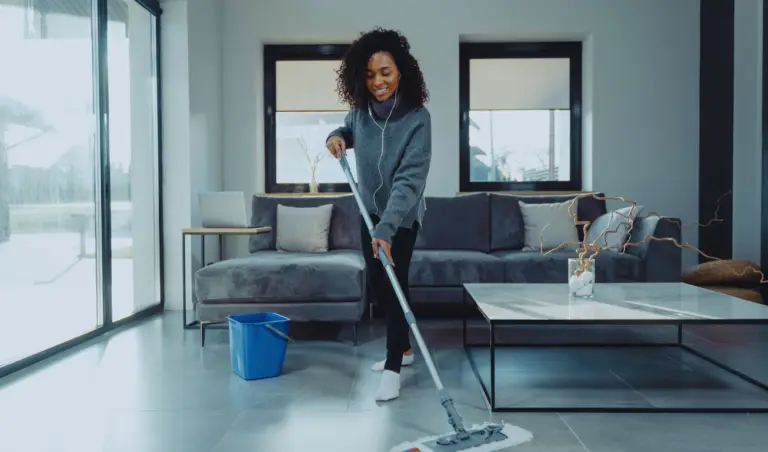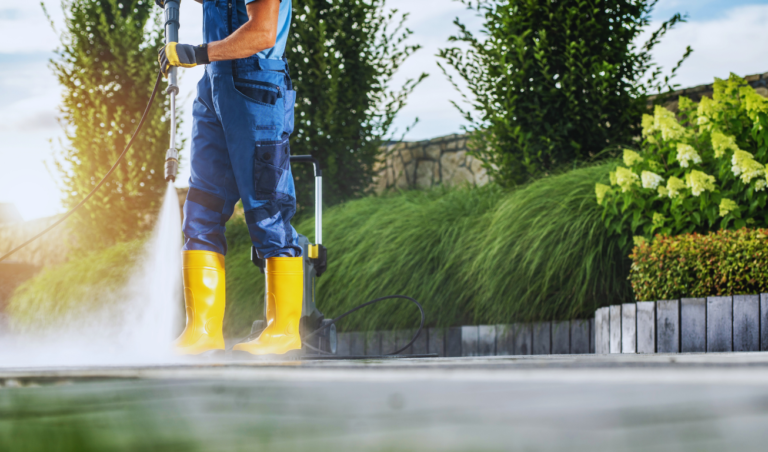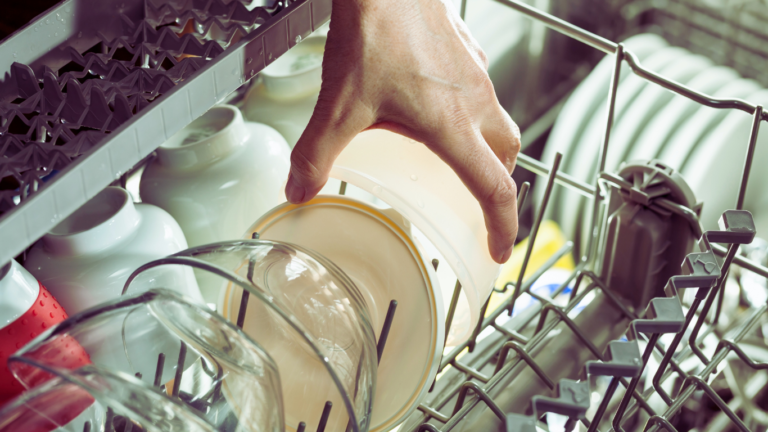Glass Cleaner for your service or your need
Find the best glass cleaner with our guide, which includes kinds, usage advice, do-it-yourself recipes, and environmentally friendly solutions for dazzling results.
Maintaining clean and clear glass surfaces is a universal need, whether it’s for windows, mirrors, or tabletops. The right cleaner can make all the difference, but with so many options on the market, it can be challenging to find the best one. This guide will delve into everything you need to know about selecting a top-notch cleaner, ensuring streak-free and sparkling results every time with LuxeShine Professional.
Science Behind Glass Cleaners
Making sure you understand the composition of a glass cleaner can help you make an informed decision. The majority of glass cleaners are made with a mixture of surfactants, solvents, and occasionally alcohol or ammonia. These ingredients work together to dissolve grime, grease, and dirt, making it easier to wipe away.
Solvents:The main cleaning ingredients used in glass cleaners. They dissolve the oils and residues that accumulate on glass surfaces.
Surfactants: These compounds reduce the surface tension of water, allowing the cleaner to spread more evenly and penetrate deeper into the dirt.
Ammonia and alcohol:These ingredients are often included for their quick evaporation properties, which help prevent streaks. Knowing the roles these ingredients play can help you choose a cleaner that best suits your needs, whether you’re dealing with heavy grime or light smudges.
Types of Glass Cleaners
Glass cleaners come in various forms, each with its own unique benefits. Here, we break down the most common types to help you decide which one is right for you.
Liquid Glass Cleaner: This is the most traditional form, typically found in spray bottles. Liquid cleaners are versatile and easy to use on large surfaces.
Foam Glass Cleaner: Foam cleaners are excellent for vertical surfaces, as they cling to the glass without dripping. This type is particularly useful for cleaning windows and mirrors.
Wipes: Pre-moistened cleaner wipes are convenient for quick clean-ups and on-the-go use. They are great for small surfaces like car windows and eyeglasses.
Natural Glass Cleaner: For those who prefer eco-friendly options, natural glass cleaners made from plant-based ingredients are a great choice. They are free from harsh chemicals and safe for use around children and pets.
Each type has its advantages, so consider your specific cleaning needs when selecting a cleaner.
How to Use a Glass Cleaner Effectively?
Using a cleaner correctly can enhance its effectiveness and ensure a streak-free finish. Follow these steps for optimal results:
Preparation: Before applying the cleaner, remove any loose dust or debris from the surface. This can be done with a dry cloth or duster.
Application: Spray the cleaner evenly across the surface. If using a foam or liquid cleaner, apply it in a thin, consistent layer.
Wiping: Use a clean, lint-free cloth or paper towel to wipe the surface. Start from the top and work your way down in a vertical motion to prevent drips and streaks.
Buffing: After cleaning, polish the glass with a dry portion of the towel. This step helps remove any remaining residue and enhances the shine.
By following these steps, you can ensure that your glass surfaces remain crystal clear and streak-free.
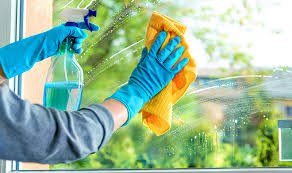
DIY Glass Cleaner Recipes
For those who prefer a more hands-on approach, making your own cleaner is a viable and cost-effective option. Here are some easy, do-it-yourself recipes that you can make at home.
Vinegar and Water Solution:
In a spray bottle, combine equal amounts of water and distilled white vinegar.
For a nice aroma, add a few drops of essential oil.Shake well before use.
Alcohol and Vinegar Cleaner:
Combine 1 cup of rubbing alcohol, 1 cup of distilled white vinegar, and 1 cup of water in a spray bottle.
Mix thoroughly and spray on the glass surface.
Wipe with a lint-free cloth for a streak-free finish.
Lemon Juice Cleaner:
In a spray bottle, combine 1 cup water and 2 teaspoons lemon juice.
Add a tablespoon of vinegar for extra cleaning power.
Shake well and apply to glass surfaces.
These DIY recipes are not only effective but also environmentally friendly, making them a great alternative to commercial glass cleaners.
Selecting the Right Cleaner for Different Surfaces
Different glass surfaces may require different cleaning approaches. Here’s a quick guide to help you choose the right cleaner for various surfaces.
Windows and Mirrors
For windows and mirrors, a traditional liquid cleaner or a foam cleaner works best. These types provide an even application and prevent drips, ensuring a clear and streak-free finish. When dealing with outdoor windows, consider using a cleaner that can tackle hard water stains and mineral deposits.
Car Windows
Automotive glass requires a cleaner that can remove stubborn residues like bug splatters, road grime, and bird droppings. Look for a cleaner specifically formulated for automotive use, as these are designed to handle tougher stains and provide a clear, glare-free finish.
Glass Tabletops
For glass tabletops, a gentle cleaner that doesn’t leave a residue is ideal. Liquid cleaners or natural cleaners work well for this purpose. Ensure that the cleaner is safe for use around food if the tabletop is used for dining.
Eyeglasses
When cleaning eyeglasses, it’s important to use a cleaner that won’t damage the coatings on the lenses. Choose a cleaning solution made especially for glasses, and always use a microfiber cloth to prevent scratching the lenses.
Common Mistakes to Avoid When Using Glass Cleaner
Using cleaner may seem straightforward, but there are common mistakes that can affect the outcome. Avoid these pitfalls to ensure your glass surfaces stay spotless.
Using Too Much Cleaner: Over-application can lead to streaks and residue. Use a moderate amount of cleaner and spread it evenly.
Wiping with a Dirty Cloth: A dirty or lint-filled cloth can leave streaks and particles on the glass. For optimal results, always use a clean, lint-free cloth.
Cleaning in Direct Sunlight: Sunlight can cause the cleaner to dry too quickly, leading to streaks. Clean your glass surfaces in a shaded area or during the cooler parts of the day.
Ignoring Manufacturer Instructions: Different cleaners have different formulations and instructions. Always follow the manufacturer’s guidelines for optimal results.
By being mindful of these common mistakes, you can achieve a flawless finish every time.
The Environmental Impact of Glass Cleaners
As awareness of environmental issues grows, many people are seeking eco-friendly cleaning solutions. Traditional glass cleaners can contain chemicals that are harmful to the environment. Here are some tips from LuxeShine professionals for choosing a more sustainable option.
Look for Eco-Friendly Brands: Many brands now offer glass cleaners that are biodegradable and made from natural ingredients. These cleaners are just as effective and are better for the environment.
Avoid aerosol sprays: Aerosol cans can contribute to air pollution and are not always recyclable. Opt for pump spray bottles instead.
Refillable Options: Some companies offer refillable cleaner bottles, reducing plastic waste. Consider purchasing a refillable option to minimise your environmental footprint.
By choosing eco-friendly cleaners, you can maintain a clean home while also protecting the planet.
Advanced Tips for Professional-Quality Glass Cleaning from LuxeShine Professionals
For those looking to achieve a professional-level clean on glass surfaces, here are some advanced tips to take your cleaning game to the next level.
Use a Squeegee
Professional window cleaners often use a squeegee to achieve streak-free results. Here’s how to use one effectively:
Apply the cleaner: spray the cleaner onto the surface or use a bucket of soapy water.
Position the Squeegee: With the blade of the squeegee touching the glass, position it at the top of the window.
Swipe Down: Move the squeegee downward in a straight line, wiping the blade with a clean cloth after each pass.
Overlap Strokes: Slightly overlap each stroke to ensure complete coverage without streaks.
Using a squeegee can significantly improve the appearance of large windows and glass doors.
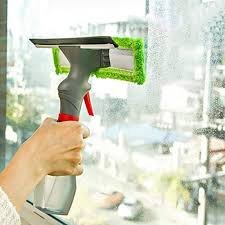
Microfiber Cloths for Detailing
Microfiber cloths are excellent for detailing and finishing touches. They have a great capacity for absorbing dust and grime. After cleaning, rub the glass with a microfiber cloth to get a spotless, streak-free finish.
Spot Treatment for Tough Stains
For stubborn stains or spots, such as bird droppings or hard water stains, use a more targeted approach:
Apply a Paste: Mix baking soda and water to form a paste. After applying it to the stain, let it sit for a few minutes.
Scrub Gently: Use a soft brush or cloth to scrub the stain gently.
Rinse and Clean: Rinse the area with water and clean with your regular glass cleaner.
Spot treatment can help remove persistent stains without damaging the glass surface.
Regular Maintenance
Regular maintenance is key to keeping your glass surfaces looking their best. Incorporate these practices into your routine:
Weekly Wipe-Down: Perform a quick wipe-down of glass surfaces each week to prevent buildup of grime and dust.
Seasonal Deep Clean: Conduct a thorough cleaning of all glass surfaces seasonally to address any accumulated dirt and stains.
Check Weather Conditions: Avoid cleaning exterior windows on rainy or humid days, as this can lead to streaks and water spots.
By maintaining a regular cleaning schedule, you can keep your glass surfaces in top condition year-round.
Selecting the right glass cleaner involves understanding the different types available, how they work, and the best ways to use them. Whether you opt for a commercial product or a DIY solution, keeping your glass surfaces clean and streak-free is achievable with the right approach.
For further information, give us a call. We are here to serve you around-the-clock.

